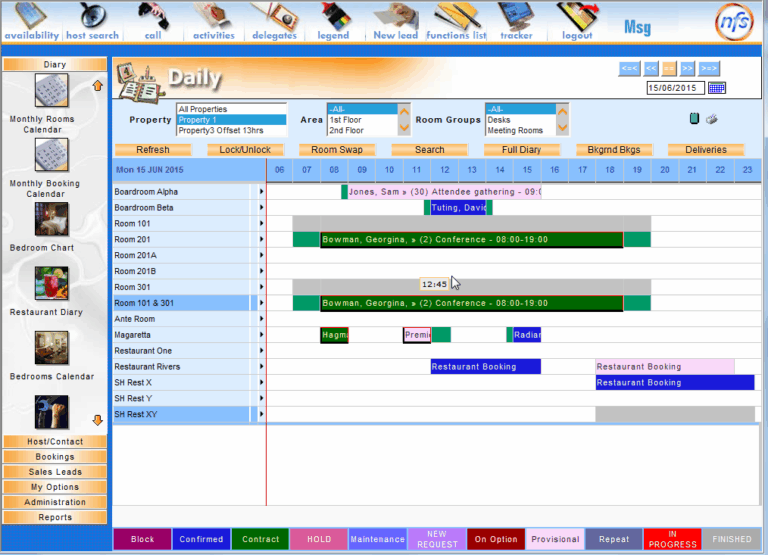February 20, 2009—Lucid Design Group, Inc., an award-winning provider of real-time energy monitoring and display systems for commercial buildings, has introduced Building Dashboard Starter, which makes it easier and less expensive for companies, universities and other organizations to reduce costs and environmental impact through the education and active involvement of building occupants.
Building Dashboard Starter provides a simple, easy-to-understand Web-based display that offers real-time feedback on resource use, explains the company. The information is updated every 60 seconds and can be viewed over the Web. Comparisons can be made by the hour, day, or any other time period. Usage can be expressed in energy units, cost, carbon emissions or other measurements.
Studies and Lucid’s customer experiences have shown that, when people have up-to-the-minute information on how much energy is being used in buildings they occupy, they can be motivated to find ways to reduce that use.
Building Dashboard Starter is based on Lucid’s Building Dashboard product and was created following extensive experience with customers. It has been standardized to provide a low-cost, entry-level solution that can be installed relatively easily and will work with nearly all existing electrical and metering systems, says the company.
It consists of electricity monitoring for two buildings, a competition module, and educational features like Green Tips, an information resource provided by Lucid and updated regularly with real customer stories. The product is available now.
Customers can easily add more buildings and monitor additional resources, like heating, gas, water or solar. They can also purchase more modules, like Lucid’s Data Downloader Product, which makes it easy for customers to obtain and analyze their data, or the Green Features module, which allows customers to highlight and promote environmental enhancements they have made to their buildings.
For more information, see the Web site.




